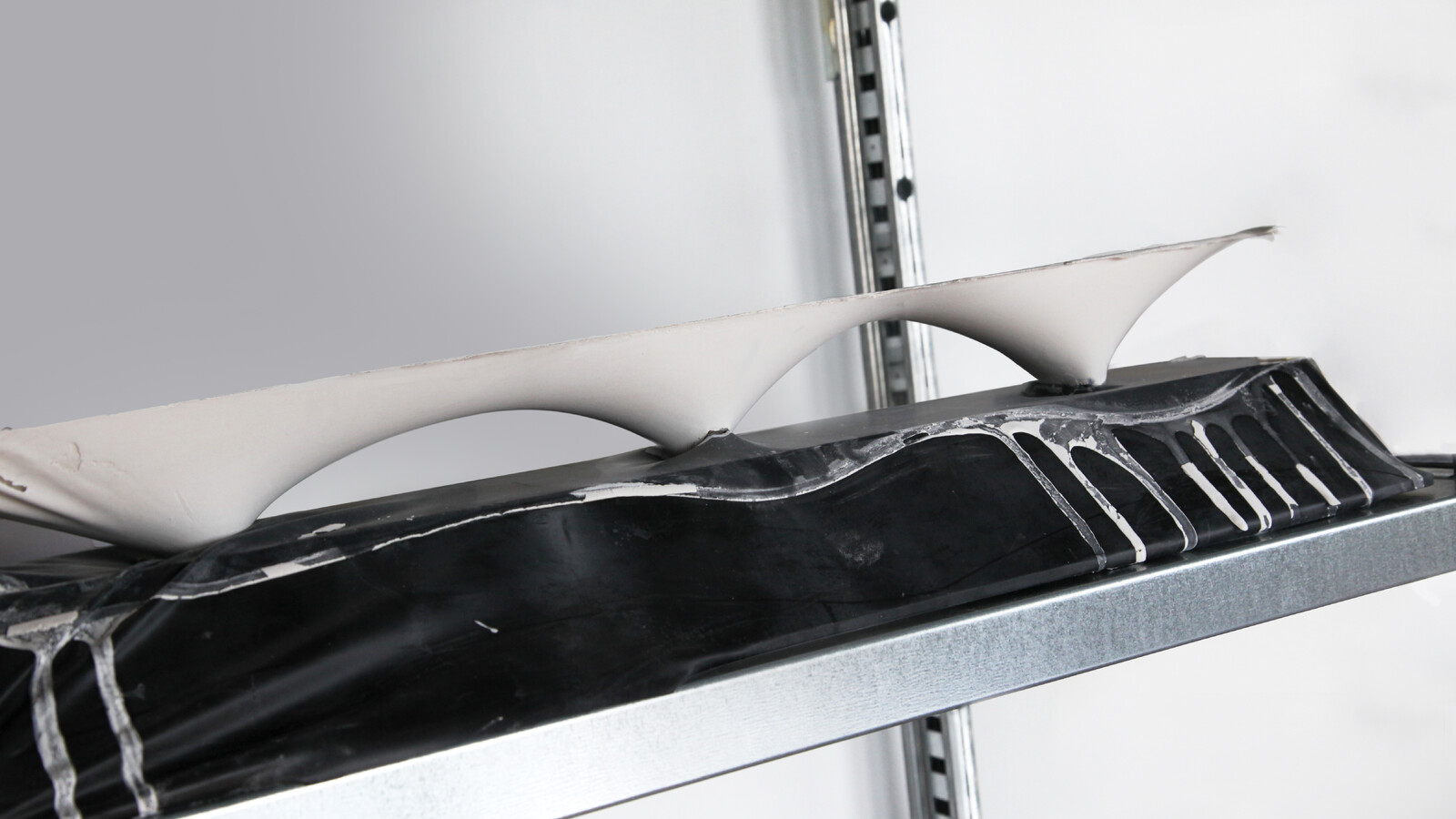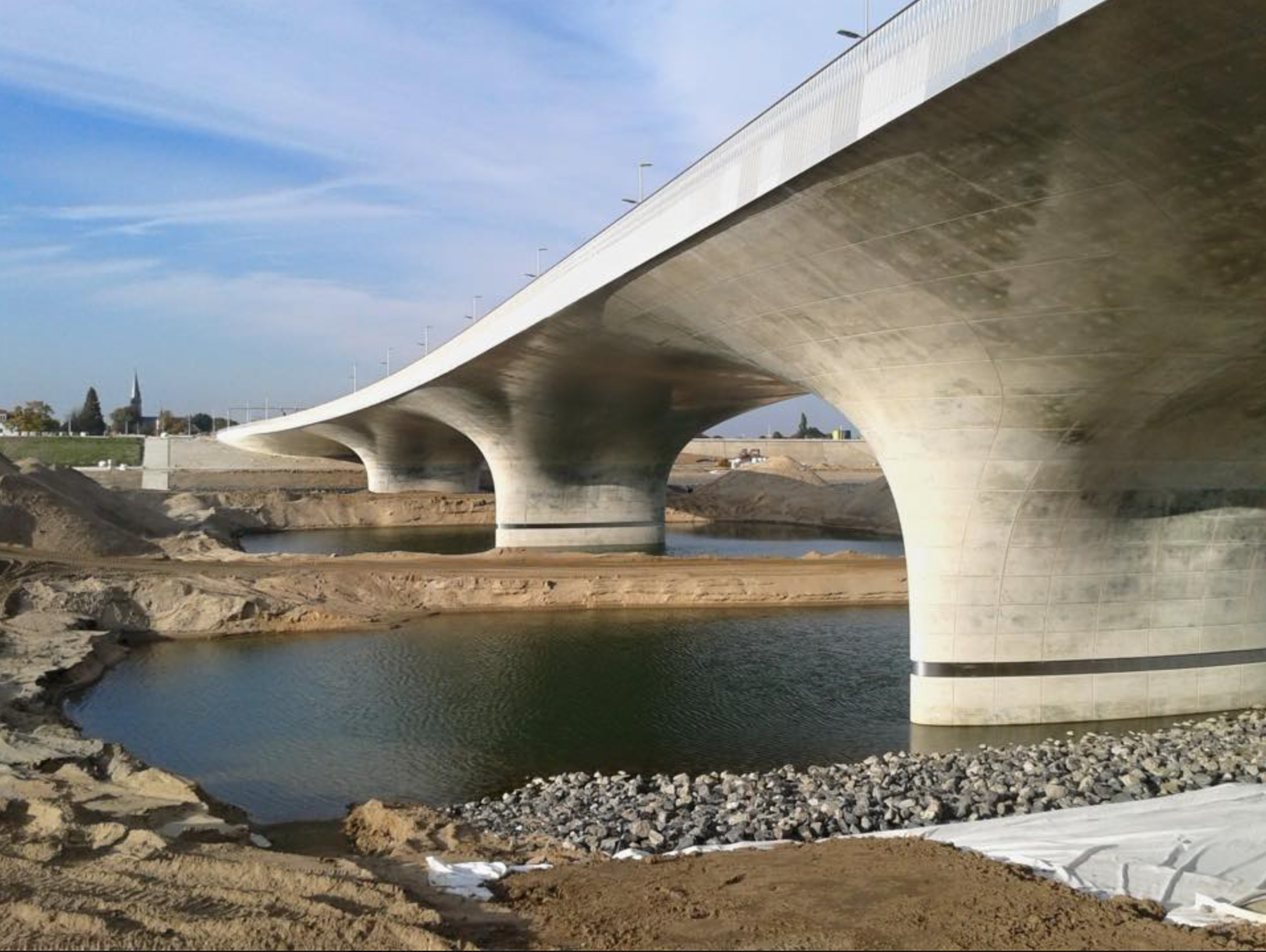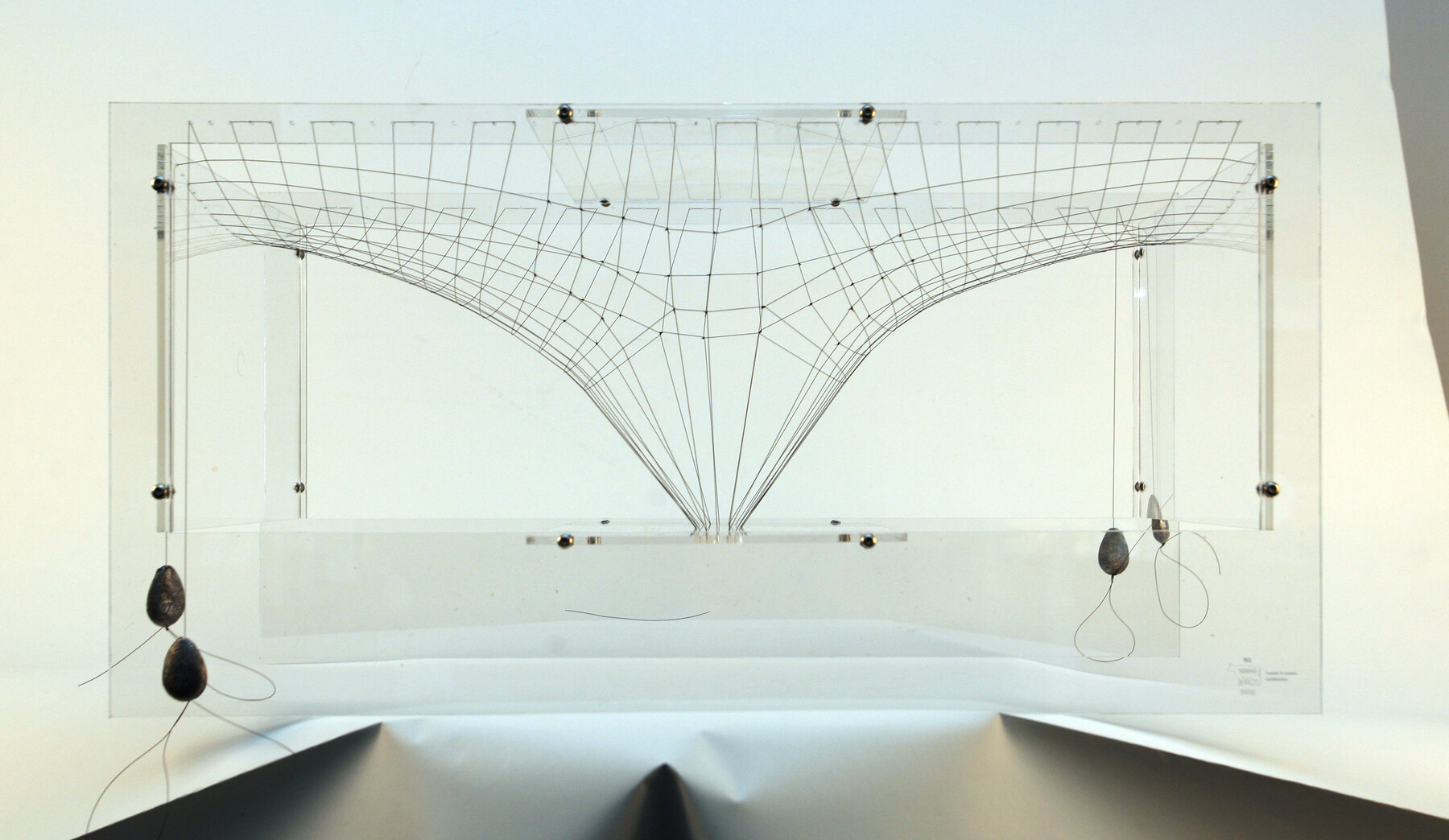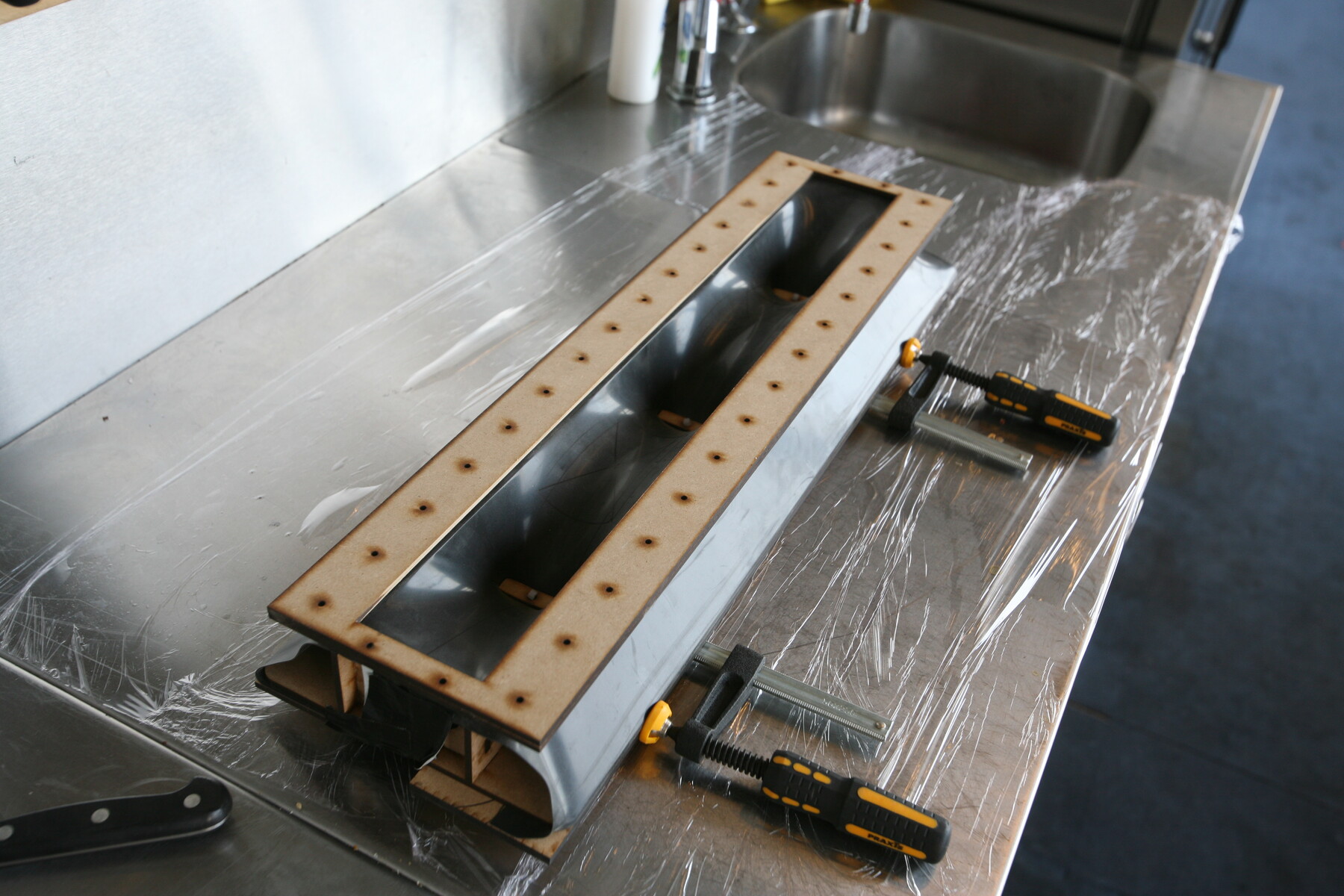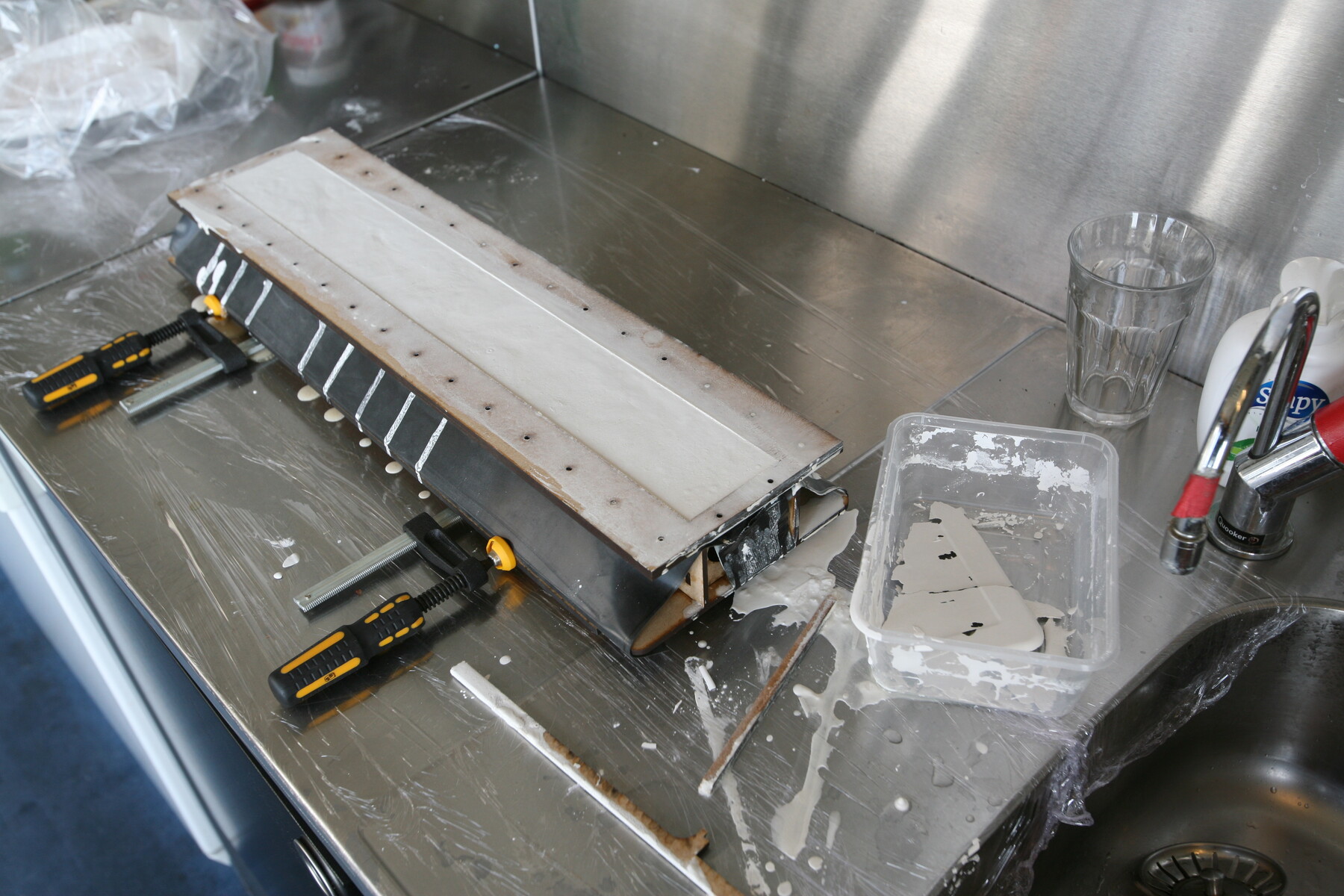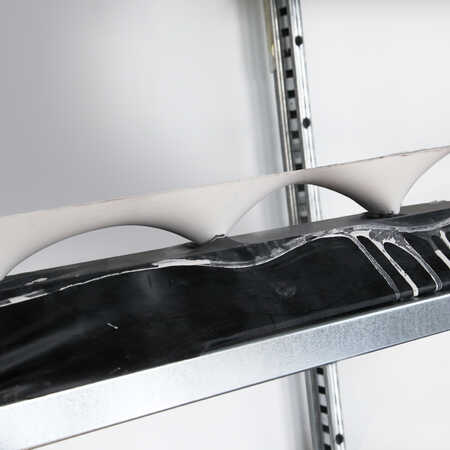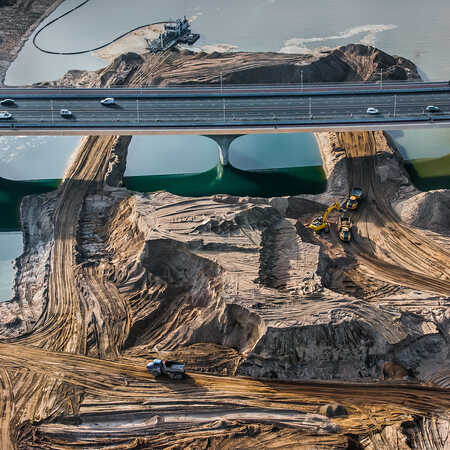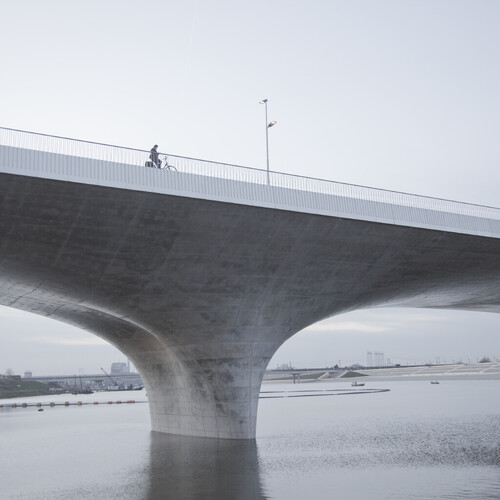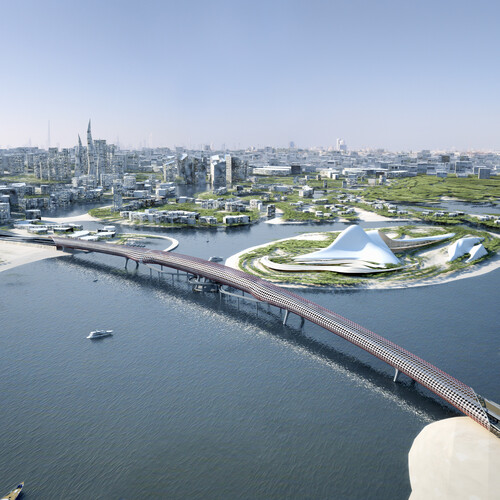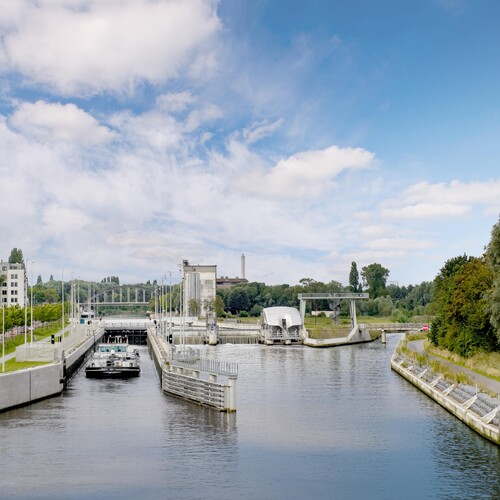While most river bridges are built to enable traffic to cross the water, the Extended Waal Bridge was built to allow the water to pass under the traffic. To express this fact in the shape of the bridge, the idiom of current and wear was chosen. A bridge shaped by the force of water and its scouring effect.
– Jochem Verbeek, project-architect at ZJA
